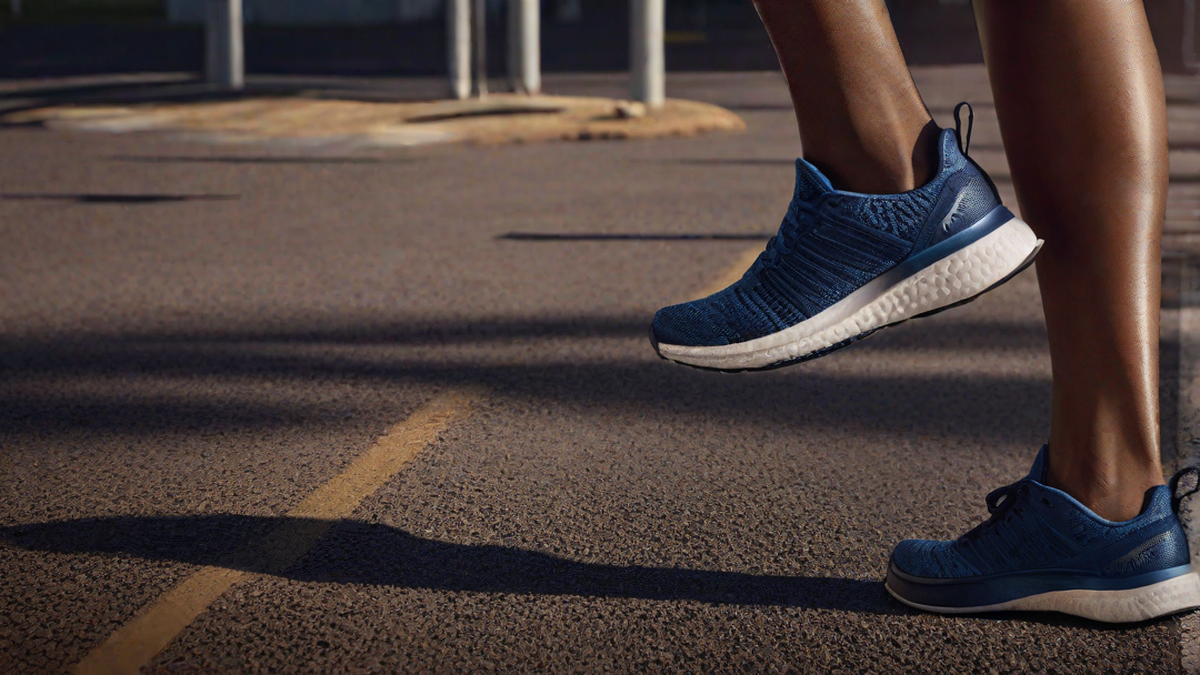As a passionate runner, I know the frustration of being sidelined with a sprained ankle. It’s essential to listen to your body and allow for proper healing before hitting the pavement again. While it can be tempting to rush back into running, doing so too soon can lead to further injury and prolonged recovery.
Understanding the Severity of the Sprain
When determining when to start running after a sprained ankle, it’s important to consider the severity of the injury. Ankle sprains are graded on a scale from mild to severe, with each grade requiring different recovery times. It’s crucial to consult a healthcare professional to assess the extent of the sprain and receive personalized recommendations for recovery.
Rest and Rehabilitation
During the initial phase of recovery, rest is paramount. Icing the ankle, compression, and elevation (often referred to as the R.I.C.E. method) can help reduce swelling and pain. As the ankle begins to heal, incorporating gentle range of motion exercises and strength training can aid in rehabilitation. It’s critical to follow a structured rehabilitation program to regain stability and prevent future injuries.
Gradual Return to Running
Upon receiving clearance from a healthcare professional, a gradual return to running can commence. Starting with walking and light jogging can help gauge the ankle’s response. It’s essential to pay close attention to any pain, discomfort, or swelling during and after exercise. If these symptoms occur, it’s crucial to scale back and allow for more healing time.
Listening to Your Body
Throughout the recovery process, listening to my body has been invaluable. Sensations of pain, instability, or weakness are red flags that indicate it may be too soon to resume running. I’ve learned to differentiate between the discomfort of pushing my limits and the warning signs of potential re-injury.
Conclusion
Ultimately, the decision of when to start running after a sprained ankle is highly individualized and dependent on the severity of the injury and the body’s response to rehabilitation. Patience and diligence in following a structured recovery plan are key to a successful return to running. While the desire to lace up my running shoes is strong, prioritizing my long-term health and well-being remains paramount.

